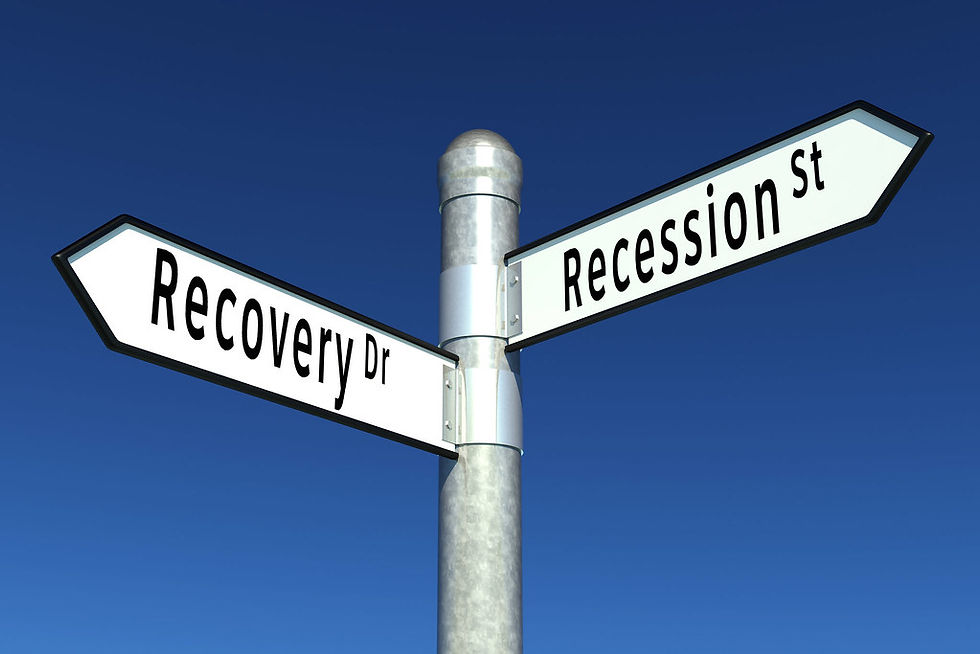Coronavirus And The Economy: The Hard Part Begins Now
- Marco Annunziata
- Jun 21, 2020
- 3 min read

Think of it as a dangerous race between the coronavirus and the economy. First we stopped the economy cold to slow the virus down. Now we’re beginning to let the economy go again, hoping the virus may have run out of steam. How are things looking?

In some states, infections are picking up again. This is not just because we are testing more—though we are testing a lot more. In Texas for example, the positivity rate (new daily cases divided by new daily tests) has picked up to about 11% as of June 19 from 5 ½ % at the end of May, on a 7-day moving average basis; in Florida to about 10% from about 4%. Hospitalizations have also increased in some states.
For the US as a whole, however, the rise in new cases mirrors much more closely the steady increase in testing: the positivity rate has inched up only marginally.

And the case fatality rate, the share of confirmed cases that result in deaths, keeps declining, though slowly.

On the economic front, retail sales staged a rather spectacular rebound in May; in the same month we saw the economy bring back 2.5 million jobs, against expectations of another 7.5 million loss.

The Philadelphia Business Outlook index also showed a very sharp rebound:

If you just look at these charts, you might get the impression that the economy is off to such a strong running start that it will quickly outpace the virus. Not so fast…
Yes, the latest economic data show surprising and encouraging strength. Many people are eager to go back to normality—as indicated also by OpenTable restaurant reservations and Google mobility data; and the flood of cash and credit from the government and the Fed has clearly helped.
But so far we have been reopening in a very limited and constrained way; it is not yet clear what capacity restrictions will be imposed on restaurants and airlines, for example, and for how long. It’s not clear how many people will be willing to flock back into crowded restaurants and planes—or into public transport and office buildings in places like New York.
It’s easy to get an initial V-shaped rebound from essentially zero. To keep that V-shaped momentum going, we will need to keep reopening at a sustained pace.
Can it be done safely? The covid-19 numbers suggest we are now running into the “Swedish critique”: Top Swedish epidemiologists had argued that if you go into total lockdown, once you start reopening infections will pick up again, and you will find yourself back at square one. This might well be the situation the US now faces.
We are not totally at square one, though. We know a lot more than three months ago. We know who is more vulnerable to the virus and who is less. We know that we need to do a much better job at protecting the elderly in care homes. We hopefully have a better sense of how to gauge the pressure on the health care system—rather than relying on catastrophic model projections that never materialized. We have a better system to produce and allocate medical equipment. So perhaps we can keep the virus under control without another total shutdown—though some state and local governments are already warning (or threatening) that they might reimpose the initial draconian restrictions.
It would be wrong to simply assume the worst of the pandemic is behind us; the latest localized increase in infections and hospitalizations have to be taken seriously.
But it would be equally wrong to assume the economy is ready to roar back, and that we can keep switching it off and on at will. The V-shaped rebound in some recent economic indicators—and the healthy behavior of equity markets—hides important structural damage and uncertainty in the underlying economy. One-fifth of the labor force is still unemployed, according to the broader U6 unemployment rate definition. A wide range of businesses are struggling, and the next few weeks and months will determine whether they keep fighting or throw in the towel. A renewed tightening of restrictions would severely test business and consumer confidence.
For policymakers and business leaders, the hard part has just begun.
Comments